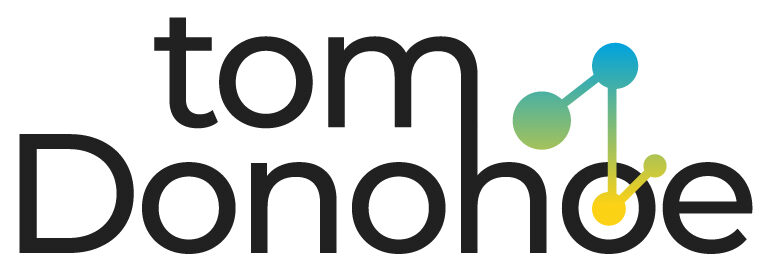Social Media Measurement: The Small Business Guide to Measure Your Social Media Performance

Measuring social media is one of the most thrilling aspects of marketing via social media. However, it’s also incredibly challenging.
This is because it is continuously evolving and releases new releases or features that directly change the way we think about tactics for campaign tactics. The promotion of the social web from a source of entertainment to a powerful business marketing tool has changed how we interact.
Connectivity Between brands and their audiences over the last few years.
In reality, more than 60 million business accounts are active on Facebook.
With this tremendous growth rate, it’s more crucial than ever for companies to be aware of how they can effectively utilize data from social networks.
Accurate measurement of your social media presence is essential when executing your advertising campaign and calculating the ROI (Return on investment).
If you want to know the most important Social Media KPIs to pay attention to, take a look!
The most challenging part is figuring out the most crucial metrics and how to implement and evaluate them.
When we run campaigns with our clients, we divide them into organic (unpaid social media) and organic (paid media).
On this page, readers will find out the meaning of these metrics for social media, what they refer to, how we can use these metrics, and how we can make them work for you in both types of campaigns.
Impressions and Reach
The two are somewhat confusing for a professional marketer. Impressions are the number of times an article has been read.
Therefore, every time a blog post is featured on the internet, this counts as an impression.
Reach is the number of people your content may be read by.
For instance, if your blog post was presented by the person you are referring to three times, it’s had three times but just one impression.
If your goal is to get your message seen by the most people you can Reach, it is the right metric to use.
If you’re trying to boost brand recognition by increasing your posts’ visibility, look at impressions.
Post Engagement
This is the amount of people who have acted on your content via likes, shares, retweets or clicks, comments, and so on.
It is not an immediate ROI. However, it confirms that your content is informative and triggers an emotional response.
See this fantastic illustration below, courtesy of our client’s social media posts.
This post did not only get a large number of likes. But also t, the image is an excellent image of a product.
There’s plenty of interaction with customers, and, as a bonus, you’re handling the company’s reputation management through making conversations.
Algorithm
An algorithm comprises thousands of data elements that determine what posts will appear first and then others in your feeds on social media.
For instance, Why do you constantly find identical posts by the same people or similar propositions, such as big announcements?
This is when posting at the right time can be a factor (you’ll be able to learn more about that in the future).
If you use a social media platform, you’ll have to adapt your posting strategy to get the best outcomes.
Hashtags
Hashtags aid in searching and categorizing similar content. Hashtags make your content easier to locate and help establish keywords associated with your brand.
For instance, I am searching for hashtags associated with the hashtag #SMM (Social Media Marketing) on Hashtagify. Me.
It’s a viral hashtag search tool. The trending hashtags and the related hashtags are well-known.





